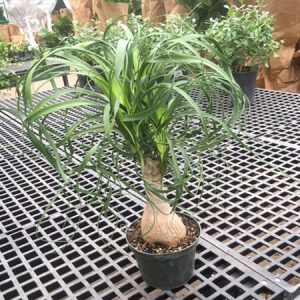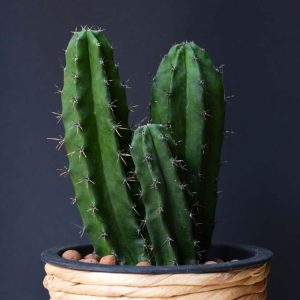Description
Thuja – Platycladus – Arborvitae – Red Cedar – White Cedar –
There are 5 or 6 narrowly to broadly conical, sometimes columnar to pyramidal, monoecious, evergreen coniferous small trees or large shrubs in the Cupressaceae family, in this genus. They naturally occur in high rainfall, cool temperate regions, or damp coastal and lowland plains in forest in Northeastern Asia where 3 species originate and North America where 2 species originate. They produce scale-like, narrowly wedge to diamond shaped leaves, borne in 2 ranks of opposite pairs, are usually aromatic when bruised, and may turn brown in winter.. They feature erect, straight trunks covered in reddish brown, deeply fissured, fibrous bark. The small, erect, variably shaped female cones have 6-12 overlapping scale, male cones are small and ovoid, and ½” long are initially green maturing to brown. Grow as specimen trees or shrubs, must are suitable for hedging, some can grow 3-5′ feet a year. The dwarf cultivars some no more then 15″ high, may be grown in a rock garden. Contact with foliage may aggravate skin allergies.
Grow in any deep, moist but well drained soil in full sun. Trim hedges in spring and late summer.. Most dislike dry conditions.
Prone to caterpillars (including bagworm), bark beetle, weevils, mites, scale insects, butt rot, twig dieback, gray mold (Botrytis), mushroom root rot,, needle blight, and the larvae of some Lepidoptera.
T. orientalis ‘Semperaurea’ – Biota orientalis – Platycladus orientalis – Oriental arborvitae – this ovoid bush is originally found in China and Iran and grow 10′ feet tall. They have upward curving branches with fibrous, red-brown bark and flat, vertical, irregularly arrange sprays of scale like, blunt, triangular, unscented, golden yellow new growth, which turn bronze in winter. Upright, flask shaped, gray bloomed female cones, 3/4″ long, have 3 or 4 pairs of scales, each with 2 prominent, dorsal reflexed hooks
Zones 6-9





